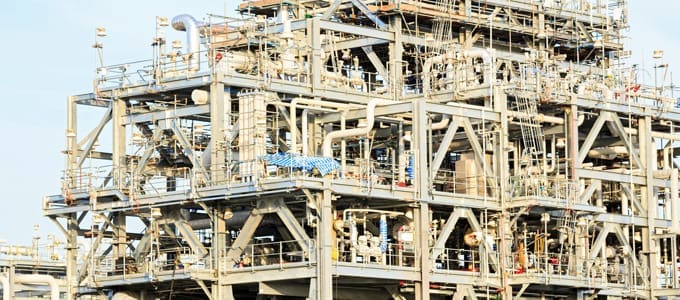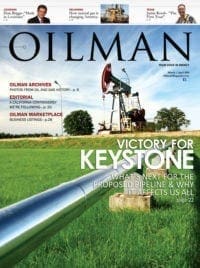Sabine Pass Liquefaction has applied to the US Department of Energy to export an additional 860,000 Mcf/d of gas from its liquefied natural gas terminal in Louisiana. The Cheniere Energy subsidiary is seeking to export to countries that have free trade agreements with the US as well as to non-FTA nations, according to the recently released application. DOE must quickly authorize exports to FTA nations but it can limit or block non-FTA exports. Sabine Pass is already building four liquefaction trains at its existing LNG terminal, after winning the needed permits from DOE and the Federal Energy Regulatory Commission.
The company is proposing to build two additional trains at the project and has already applied to DOE for permits to export some of the LNG from this expansion. Sabine Pass applied in April to export 88.3 Bcf/year to fulfill its deal with UK energy company Centrica and it applied in February to export 101 Bcf/year to supply its deal with Total Gas & Power North America. The company’s new application encompasses the 314 Bcf/year of gas from Train 5 and 6 that is not already committed under the Total and Centrica deals.
Exports from Train 5 could start as early as December 2018, and construction and startup of Train 6 would begin when it is commercially feasible, the application said. Sabine Pass argued that the expansion project:
“supports and encourages the continued development of natural gas resources during times when domestic prices of natural gas are depressed, and subsidizes the production of a quantity of natural gas that can be deployed on short notice when and if market prices induce the cancellation of the export of LNG cargoes, thereby mitigating volatility that would otherwise arise and ensuring that domestic supplies will be available over the duration of commodity market cycles.”
Source: PLATTS — Kate Winston, Edited by Katharine Fraser





